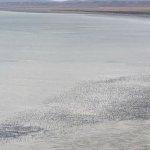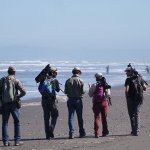The 2019 Central American Waterbird Census (CAWC), coordinated for the third year by the WHSRN Executive Office, covered more sites and counted more waterbirds than any year since the census began in 2011 – specifically, more Nearctic shorebirds were observed than ever before! Between 15 January and 15 February of 2019, 142 volunteers from throughout Central America and southern Mexico visited an astonishing 230 sites and counted a total of 355,260 waterbirds. Nearly half of these (175,760 individuals) were Nearctic shorebirds.
The record high number of Nearctic shorebirds comprised a total of 28 species, including three species considered both resident and Nearctic migrants in Central America (American Oystercatcher Haematopus palliatus, Black-necked Stilt Himantopus mexicanus and Wilson’s Plover Charadrius wilsonia). Especially interesting were four banded American Oystercatchers and one banded Wilson’s Plover. Two of the banded oystercatchers were observed in El Salvador, one of which was banded in 2010 in South Carolina and the other in 2018 in Georgia. Interestingly, the bird from South Carolina was also seen in El Salvador in 2017. The two other banded oystercatchers were seen in Honduras, and were originally banded in North Carolina in 2017 and Florida in 2015. It is still unclear where the Wilson’s Plover seen in El Salvador was originally banded, but it may have come from the Gulf Coast of the United States. Of all Nearctic shorebirds recorded, the most common species were Western Sandpiper Calidris mauri, Semipalmated Sandpiper C. pusilla, Least Sandpiper C. minutilla and Wilson’s Plover. With a combined total of 140,994 individuals, these four species represented 80% of all Nearctic shorebirds counted in this year’s CAWC!
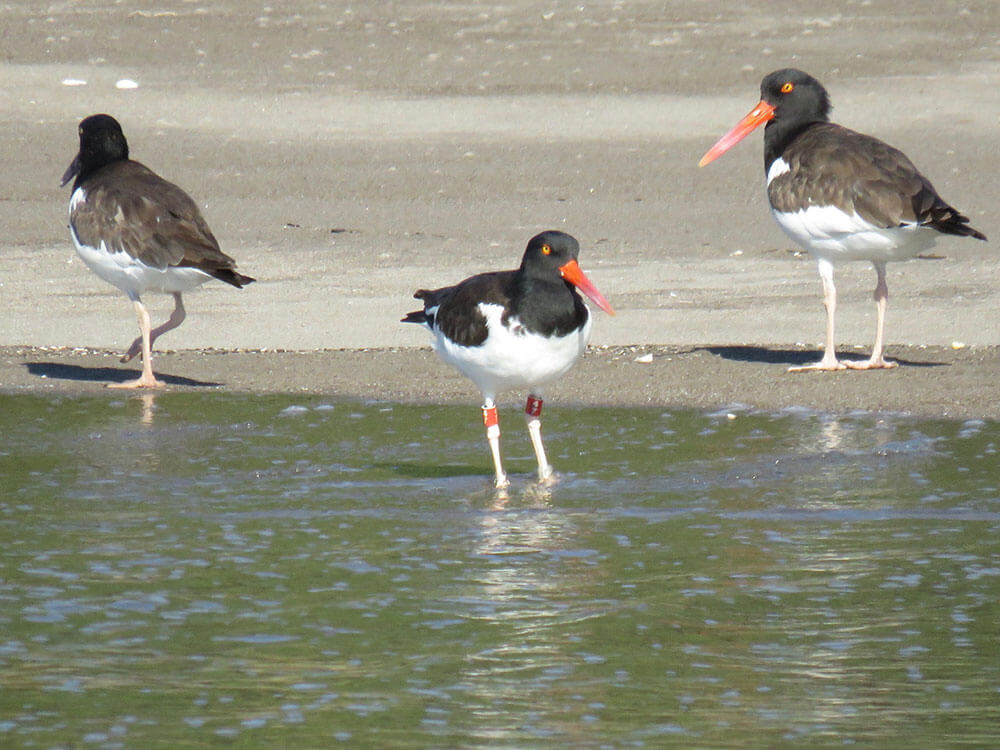
One of the banded American Oystercatchers (Haematopus palliatus) spotted in Honduras. Photo: John van Dort.
High numbers of Wilson’s Plover revealed ten sites that could qualify as potential WHSRN sites, including eight at the level of Regional Importance, one of International Importance, and one as a possible site of Hemispheric Importance. One of these sites, El Agallito in Panama, appears to be an important wintering site for the species, as significant numbers of Wilson’s Plover were also found there during the CAWC in 2018. The other potential WHSRN sites for Wilson’s Plover were found in Costa Rica (2), El Salvador (3), Honduras (3) and Nicaragua (1). Another species observed in large enough numbers to trigger eligibility as a WHSRN site was the Short-billed Dowitcher Limnodromus griseus (ssp. caurinus), whose numbers reached the 1% threshold for a Site of Regional Importance at Laguna Tisma (Nicaragua) and Punta Morales-Cocorocas Salinas (Costa Rica).
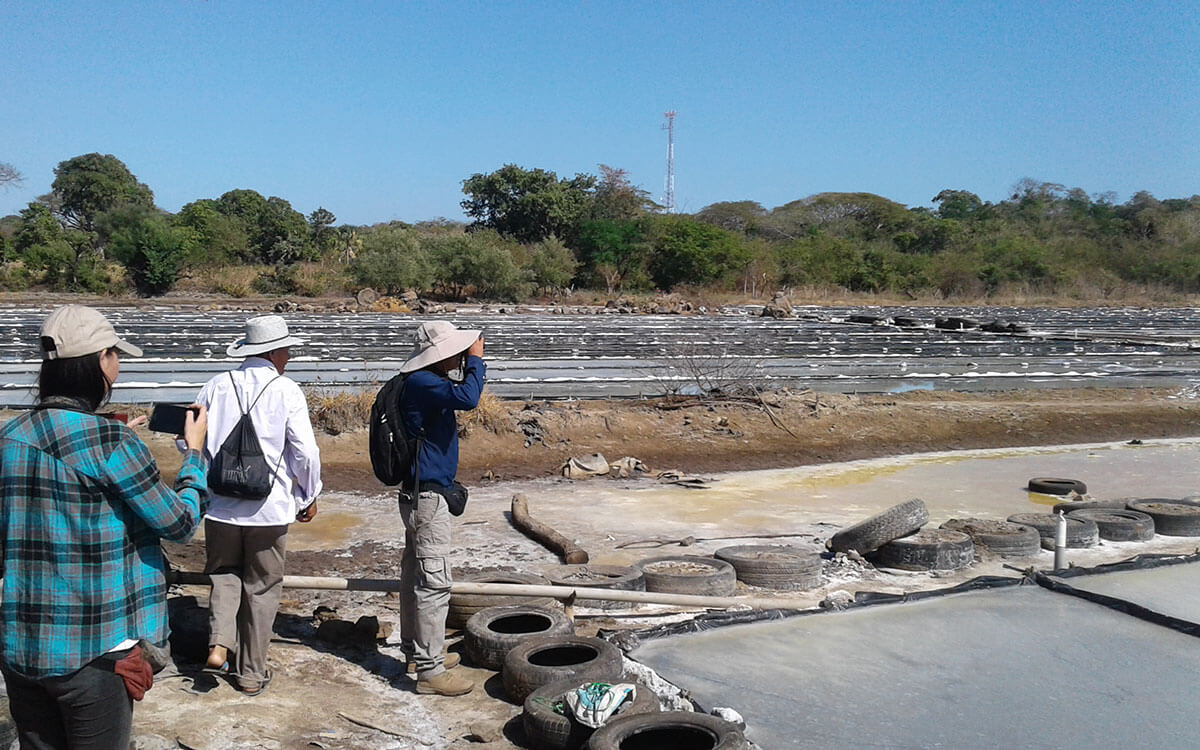
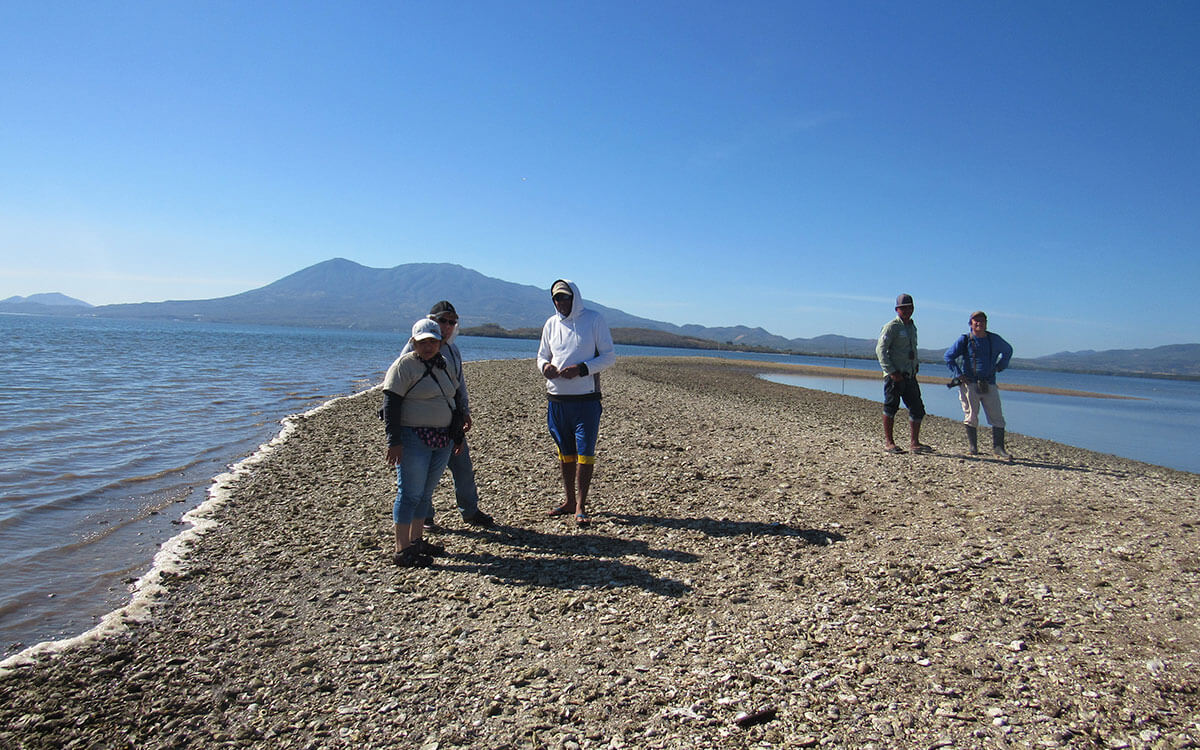
Some of the CAWC 2019 survey teams in action. Left: A team from Fundación SalvaNatura in El Salvador, at the Maculís salt flats. Photo: Luis Pineda. Right: A team at Banco de Conchas, Bahía de la Unión – also in El Salvador, near the Gulf of Fonseca. Foto: Leticia Andino.
The CAWC is proving to be a significant tool for revealing important sites for Nearctic shorebirds in Central America. It not only helps identify these key sites, but improves knowledge of shorebird distribution and, more importantly, is generating a large network of waterbird conservationists throughout Central America.
The WHSRN Executive Office is very grateful to Environment and Climate Change Canada, who has not only provided the funds to implement the census over the past three years, but also supported the CAWC when it was coordinated by BirdLife International (2011-2015) and Fundación SalvaNatura (2016). You can download the final reports from all CAWCs (2011-2019) on the Wetlands International website. Until recently, little was known about the distribution and abundance of shorebirds in Central America, but the CAWC is beginning to change that. A summary of WHSRN’s coordination of the CAWC and its results over the past three years can be found in this story from Manomet’s April newsletter.
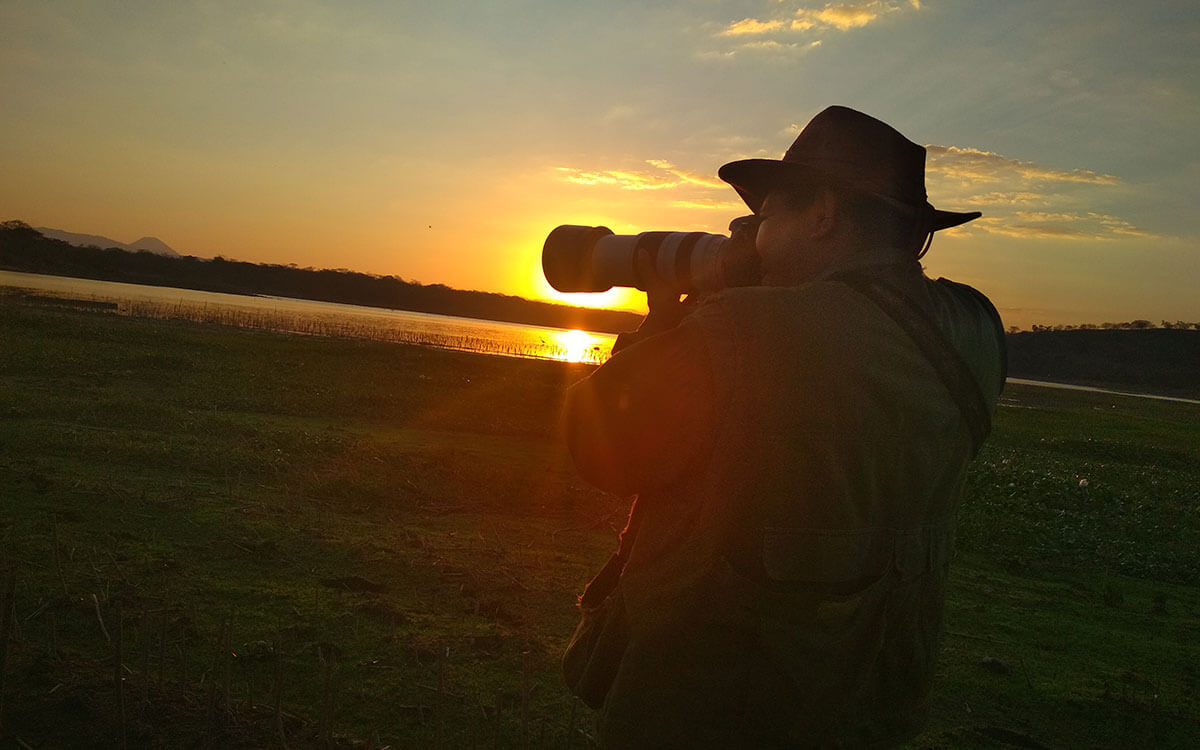
Shorebird survey at sunset at Laguna de Metapán. Photo: Nelly Leon.
Volunteers are encouraged to go out counting again In July 2019, and to continue in 2020. If you are interested in joining a CAWC survey effort, please write to Arne Lesterhuis, Conservation Specialist with the WHSRN Executive Office, and we will connect you with the national coordinators for your country! Arne can be reached at alesterhuis@manomet.org.
This project was undertaken with the financial support of:
Ce projet a été réalisé avec l’appui financier de:
Cover Photo: Leticia Andino.





